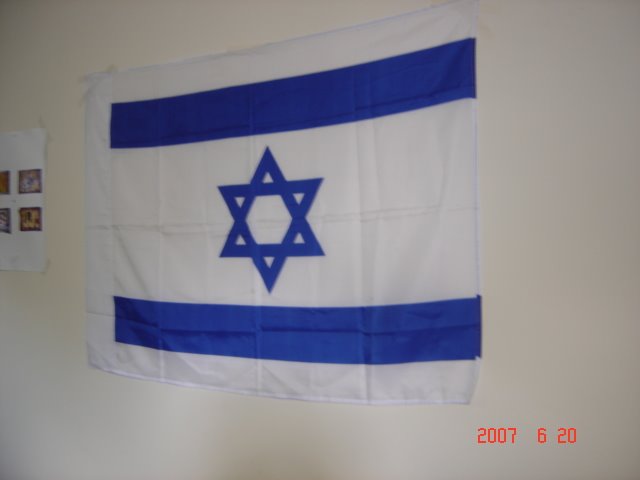Thursday, July 26, 2007
"Fundamentals of the Jewish Faith"
Chapter Two: The Spiritual World (Part 4)
Rabino Yaakov Feldman
Let's dwell upon the makeup and function of the Transcendent Forces first.
We're told that they're utterly supernatural entities that are removed from all physicality and beyond our experience, and they're said to be merged with G-d's own being. Ramchal depicts them as being "closest to G-d Presence" over which He "manifests Himself all the time". He points out that depending on their context they're sometimes termed "Wheels of the (Divine) Throne" (to indicate the central role they play in G-d's interactions with the world), "Ophanim" (a type of Archangel like Cherubim and Seraphim), or the like.
(They're also known as the "Sephirot" in Kabbalistic literature, and subsequently as "Partzufim", "Olamot" and more, but Ramchal doesn't use those terms or any other such expressions in this work because Fundamentals of the Jewish Faith isn't intended for experts so much as for the rest of us. He terms them "transcendent" to express their complete otherworldliness, and "forces" to underscore the fact that they're what G-d uses to empower everything.)
We'd tend to think the Transcendent Forces have no connection with this world as a result, but in fact they do and could be said to be the points at which heaven and earth meet. They're sort of like the soul of the physical universe, for like souls they too are removed from all physicality yet they're connected to it by virtue of the fact that they're manifest here.
In truth, the idea of things being flanked by both heaven and earth plays itself out in various ways in the Jewish Faith. We're taught that only G-d Almighty is pure and simple, wholly Himself and nothing else. Everything else is a mix of this and that, a marriage of heaven and earth. For even "pure" evil isn't entirely so, since it's animated by G-d's will and thus tinged with the smallest amount of goodness.
It's that perspective, by the way, that has us accord the human body its due respect and to not despise it as others do. For it too straddles heaven and earth. Understand of course that all things vary in their particular permutation of heaven and earth, with some nearly one hundred percent "heaven" and others nearly one hundred percent "earth", but the point is that everything other than G-d Himself is alloyed to some degree.
Postagem: Andre Moshe Pereira, Presidente Kehillah or Ahayim
Director CEIMOM
Rabino Yaakov Feldman
Let's dwell upon the makeup and function of the Transcendent Forces first.
We're told that they're utterly supernatural entities that are removed from all physicality and beyond our experience, and they're said to be merged with G-d's own being. Ramchal depicts them as being "closest to G-d Presence" over which He "manifests Himself all the time". He points out that depending on their context they're sometimes termed "Wheels of the (Divine) Throne" (to indicate the central role they play in G-d's interactions with the world), "Ophanim" (a type of Archangel like Cherubim and Seraphim), or the like.
(They're also known as the "Sephirot" in Kabbalistic literature, and subsequently as "Partzufim", "Olamot" and more, but Ramchal doesn't use those terms or any other such expressions in this work because Fundamentals of the Jewish Faith isn't intended for experts so much as for the rest of us. He terms them "transcendent" to express their complete otherworldliness, and "forces" to underscore the fact that they're what G-d uses to empower everything.)
We'd tend to think the Transcendent Forces have no connection with this world as a result, but in fact they do and could be said to be the points at which heaven and earth meet. They're sort of like the soul of the physical universe, for like souls they too are removed from all physicality yet they're connected to it by virtue of the fact that they're manifest here.
In truth, the idea of things being flanked by both heaven and earth plays itself out in various ways in the Jewish Faith. We're taught that only G-d Almighty is pure and simple, wholly Himself and nothing else. Everything else is a mix of this and that, a marriage of heaven and earth. For even "pure" evil isn't entirely so, since it's animated by G-d's will and thus tinged with the smallest amount of goodness.
It's that perspective, by the way, that has us accord the human body its due respect and to not despise it as others do. For it too straddles heaven and earth. Understand of course that all things vary in their particular permutation of heaven and earth, with some nearly one hundred percent "heaven" and others nearly one hundred percent "earth", but the point is that everything other than G-d Himself is alloyed to some degree.
Postagem: Andre Moshe Pereira, Presidente Kehillah or Ahayim
Director CEIMOM




